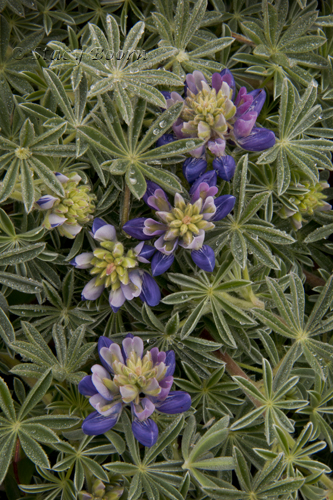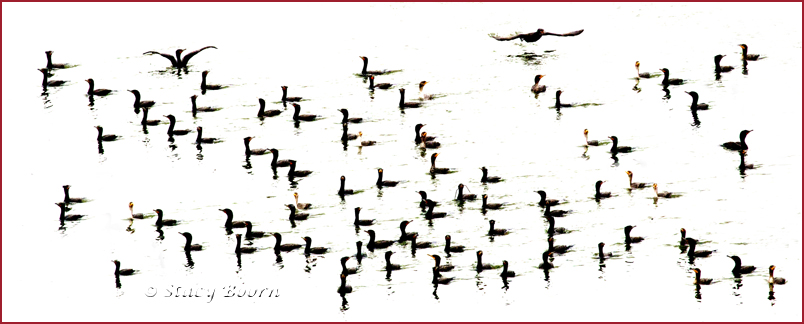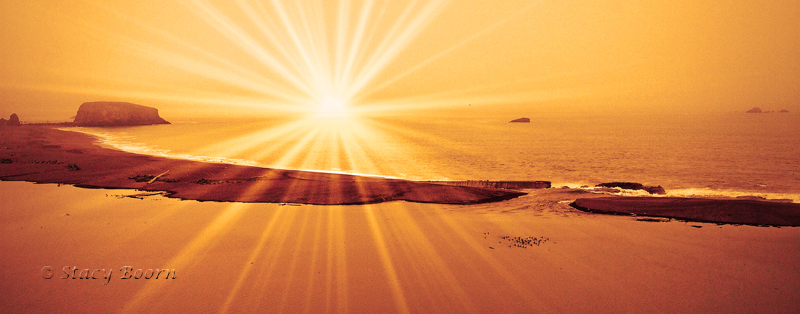 This past week my mind’s eye and melodic heart-beats were collaborating in capturing patterns. Although nature was my canvas the use of various photographic and post-processing techniques provided me with multiple ways to present what I felt rather than what I saw.
This past week my mind’s eye and melodic heart-beats were collaborating in capturing patterns. Although nature was my canvas the use of various photographic and post-processing techniques provided me with multiple ways to present what I felt rather than what I saw.
One of my favorite documentaries is Winged Migration. The film crew followed several patterns of migratory birds over a four year period. These birds travel hundreds if not thousands of miles toward the equator in the autumn, and make the return journey to their higher latitude summer homes in the spring. Each species always take the same route, using the natural compasses of the universe, the stars, to find their way.
Large flocks of water fowl gliding in a communal performance on the surface of the water twinkle like the hundreds of tiny lights that make up the constellations above them. Attempting to present the “constellation of cormorants†swimming near the newly opened and now gushing mouth of the Russian River, I photographed from the cliff-side along Highway 1. Boosting the contrast to render the image nearly pure white and pure black I present my own “winged migration.”
 In Winged Migration I learned that the travel over oceans is especially difficult as the birds have little refuge for landings unless there is something floating on the water. Otherwise they must continue flying until they reach land. Some will not survive the migration due to predators, including humans, illness or injury. Every continent is home, at least part of year, to a species of migratory bird.
In Winged Migration I learned that the travel over oceans is especially difficult as the birds have little refuge for landings unless there is something floating on the water. Otherwise they must continue flying until they reach land. Some will not survive the migration due to predators, including humans, illness or injury. Every continent is home, at least part of year, to a species of migratory bird.
Although the cormorants along our coast are residents, they still move from location to location between the shoreline and rock rookeries. They often form colonies on cliff-sides. The cliff-sides near these birds are covered with blooming lupine. The dew and purple blossoms create playful patterns similar to the cormorants swimming near the sandy spit holding most of the rushing Russian River at bay, at least in my mind’s eye!
 The golden evening brightens in the west. Soon, soon to faithful woman cometh rest. Your ten thousand names oh Goddess (mother nature) be for ever blest. (A reconstruction of a verse of For All the Saints). Patterns in nature provide us with wonderful blessings – do not miss them! PS – the same group of cormorants can be seen in the above image near the spot the river is breaking through to the ocean. Both bird images were photographed from the same overlook location (thanks to telephoto and wide angle lenses!).
The golden evening brightens in the west. Soon, soon to faithful woman cometh rest. Your ten thousand names oh Goddess (mother nature) be for ever blest. (A reconstruction of a verse of For All the Saints). Patterns in nature provide us with wonderful blessings – do not miss them! PS – the same group of cormorants can be seen in the above image near the spot the river is breaking through to the ocean. Both bird images were photographed from the same overlook location (thanks to telephoto and wide angle lenses!).
